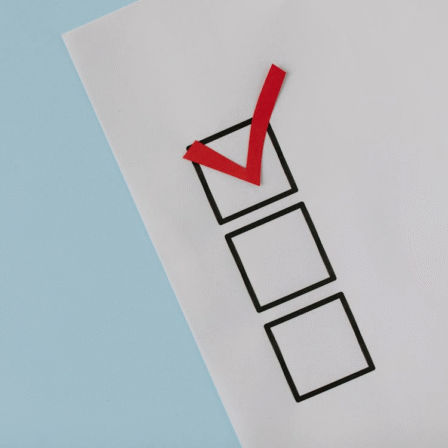News
The Dos and Don’ts of Emojis

We love emojis! These little icons have the ability to show a range of emotions. However, did you know they can actually make sentences harder to understand for people living with low vision or blindness?
When a screen reader reads an emoji, it typically reads out a description of what the emoji represents. For example, the smiling face with heart-shaped eyes emoji may be read aloud as “smiling face with heart eyes.” This allows users to understand the presence of an emoji, but the actual visual representation is not conveyed.
Here are some tips to make your communication accessible to everyone.
Use them at the end.
Remember a screen reader will read the emoji aloud, so if you have an emoji half way through your sentence, it will include those words into your phrase. This can create a very confusing experience.
Use them sparingly.
Sometimes it is tempting to put multiple emojis in your communication 

 but a screen reader will read this as “thumbs up sign.” “thumbs up sign.” “thumbs up sign.” You can see how this may get annoying.
but a screen reader will read this as “thumbs up sign.” “thumbs up sign.” “thumbs up sign.” You can see how this may get annoying.
Don’t replace words.
Never use an emoji to replace a word in a sentence. Simply because the title of an emoji may not actually be the same as the word you are looking for.
Example: You could be thanking someone by saying:  for all your help today! But this could actually be read as “pray” for your help today.” Confusing, right?
for all your help today! But this could actually be read as “pray” for your help today.” Confusing, right?
Don’t use them as bullet lists.
It is tempting as they can add a lot of visual interest to your post, but you only need one or two to draw someone’s eye. Your post is much more valuable to readers if it is actually readable and not including additional text at the front of each sentence.
Emojis were made to be fun — and they are! Just remember to use them wisely so that everyone can enjoy them.









